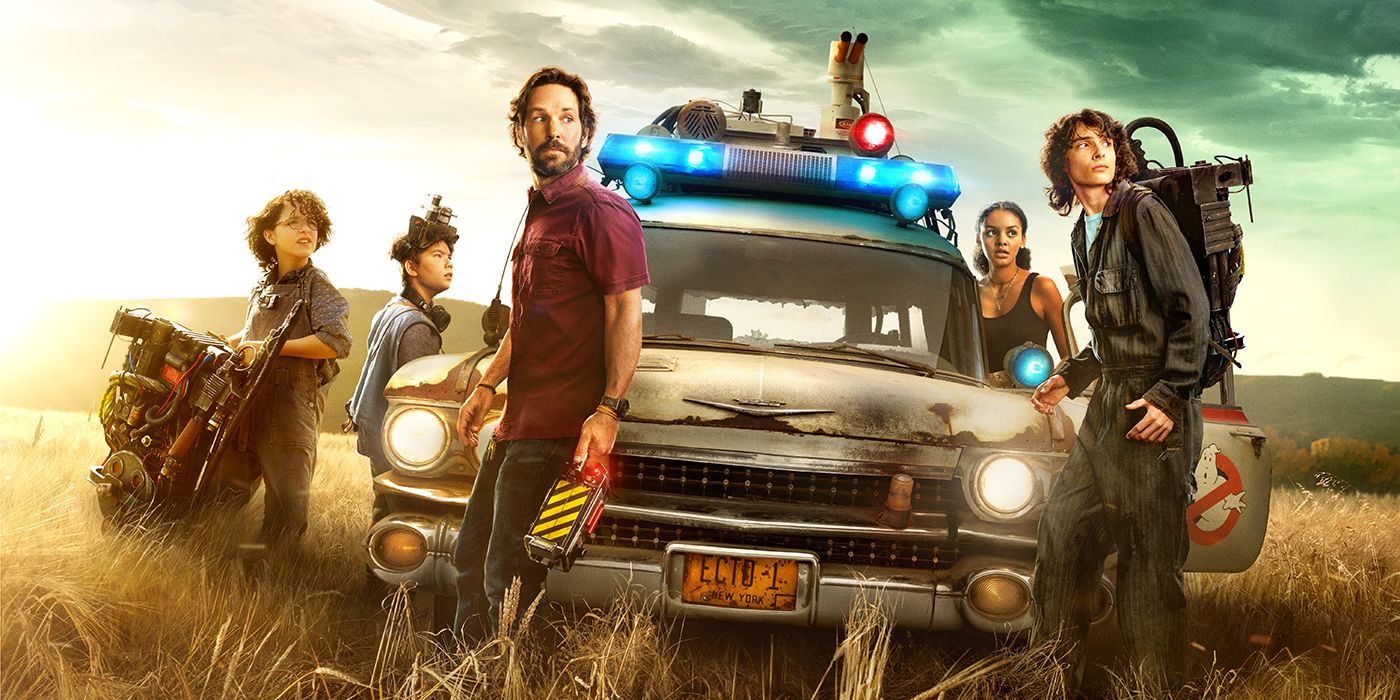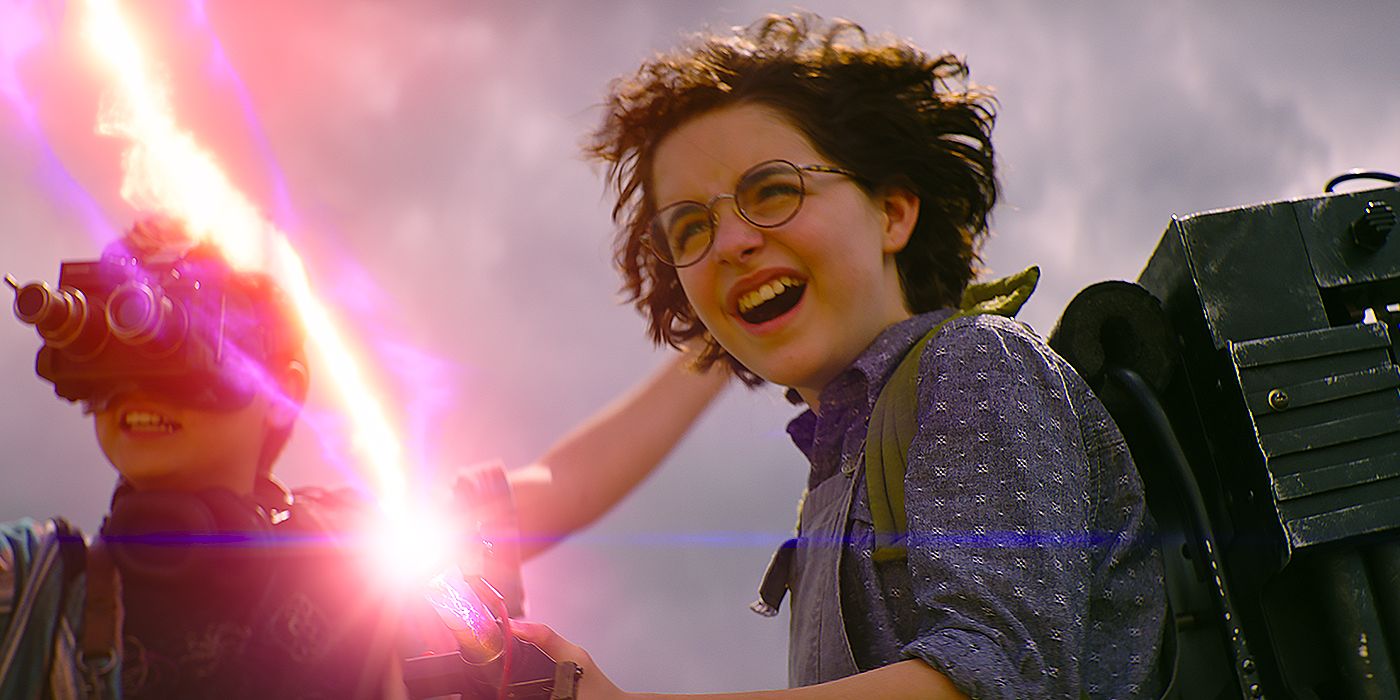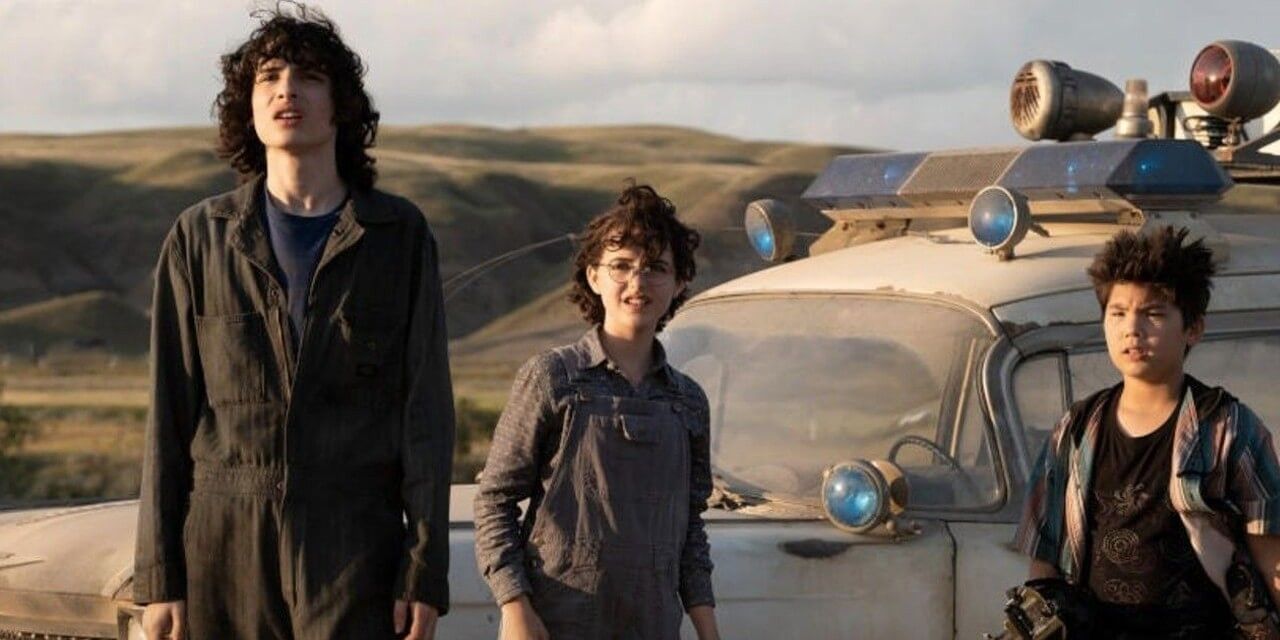Ghostbusters: Afterlife shares a lot of DNA with Star Wars: The Force Awakens -- in both good and bad ways. Like 2015's reawakening of the Star Wars film franchise, Ghostbusters: Afterlife focuses on a new generation of characters in the original world. While the 2021 film gives the franchise's classic characters closure, it pads the run-time with fan service to the film series. When the Jason Reitman-helmed film drops its self-referential nature, it proves to be a sweet and fun transformation of the Ghostbusters premise in a streamlined family adventure.
Ghostbusters: Afterlife largely ignores everything from the franchise except 1984's Ghostbusters. In the decades since then, Egon Spengler committed himself to prevent a future ghost event and abandoned his loved ones in the process. After Egon's death, his estranged daughter Callie (Carrie Coon) arrives at his house in rural Oklahoma to settle his affairs. She brings along her teen son, Trevor (Finn Wolfhard), and science-obsessed daughter, Phoebe (Mckenna Grace). As they settle into their new surroundings and meet friends like Podcast (Logan Kim), the charming teacher Chad Grooberson (Paul Rudd), and Trevor's crush Lucky (Celeste O'Connor), supernatural elements begin to affect their town.
Ghostbusters: Afterlife takes cues from adventure films of the same era as the original Ghostbusters, effectively fusing the supernatural and super-science with the tone of films like The Goonies and E.T. Most of the film centers around Phoebe, who proves herself similar to the grandfather she never met, but begins to connect with via the knowledge he left behind. Grace works well in the spotlight, finding a way to replicate some minor elements of Ramis' performance as Spangler while giving a unique presence. She's awkward in an enduring way, which is always a tricky tightrope to walk, and she does it well. Coon likewise finds surprising pathos concerning her still troubled relationship with her late father.
The rest of the cast is all solid, if somewhat underdeveloped. The film's ultimate problem is that it can't fully commit to being a new Ghostbusters film. It constantly reminds people why they love Ghostbusters with an avalanche of fan-service easter-eggs. In the face of its past legacy, the plot becomes listless. The story doesn't firmly set up Lucky or Trevor's roles, which is a shame as their connection could have better served the story. The performers are game, and director/writer Jason Reitman has the experience to knock these scenes out. Trevor especially feels like his character is summed up by just being a teenager and doesn't receive as thoughtful an arc as Phoebe.
The script by Reitman and Gil Kenan isn't necessarily bad -- just unfocused. It lets itself get easily distracted in simple comedy routines and nostalgia. It's worth noting that cinematographer Eric Steelberg gives an earnest view of middle America in the Ghostbusters: Afterlife. Its CGI-heavy sequences, however, can be jarring and are hit-or-miss.
Ghostbusters: Afterlife runs over two hours and feels a bit bloated. But when the film works, it works well. There's a palpable sense of fun adventure when the film focuses on itself instead of the past, and it comes alive in the third act. There's a strong 90-minute family-oriented adventure story hidden somewhere in Ghostbusters: Afterlife. But a liberal amount of elements meant only to appease fans of the original hinder an otherwise fun and almost poignant return for the franchise.



